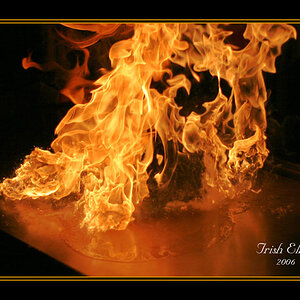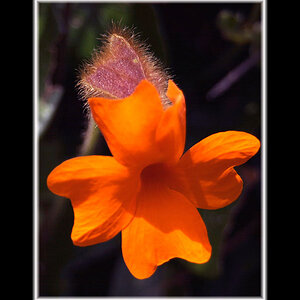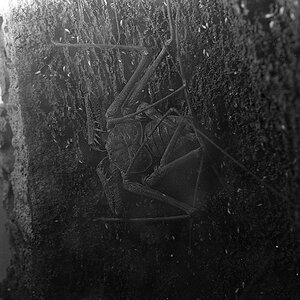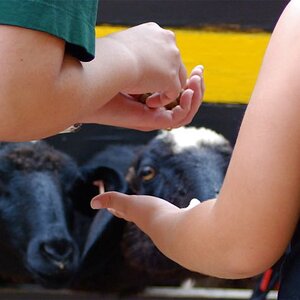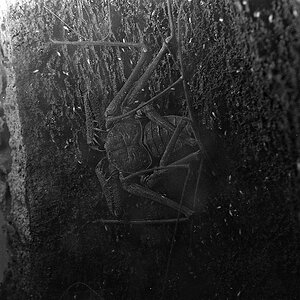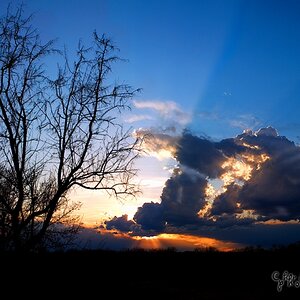calderp
TPF Noob!
- Joined
- Jan 26, 2009
- Messages
- 1
- Reaction score
- 0
- Can others edit my Photos
- Photos OK to edit
So in a very, very unfortunate turn of events, a stolen camera and broken computer caused me to lose all of my photos from a study abroad trip. The only copies I now have are images that I uploaded to Google Images, which are very low resolution. I have 2 images I would really like to submit to a photo contest at my school, but I'm afraid the files I have are too low res to work as the prints need to be 8x10. Is there any way to make a viewable 8x10 print out of a file that is only 768x1024, or am I totally screwed? The contest is relatively low-key so I still have a chance even if the image doesn't look sharp, but if it's totally pixelated it won't be worth submitting...
Is there anything I can do with photoshop/paintshop pro, or a similar program to try and make this work?
Images can be found here. If anyone is feeling generous and wants to try and sharpen then for me, or do whatever it is that might help (if anything might) feel free to modify them.
Picasa Web Albums - Paul - Beijing and M...
and here:
Picasa Web Albums - Paul - Beijing and M...
Is there anything I can do with photoshop/paintshop pro, or a similar program to try and make this work?
Images can be found here. If anyone is feeling generous and wants to try and sharpen then for me, or do whatever it is that might help (if anything might) feel free to modify them.
Picasa Web Albums - Paul - Beijing and M...
and here:
Picasa Web Albums - Paul - Beijing and M...





